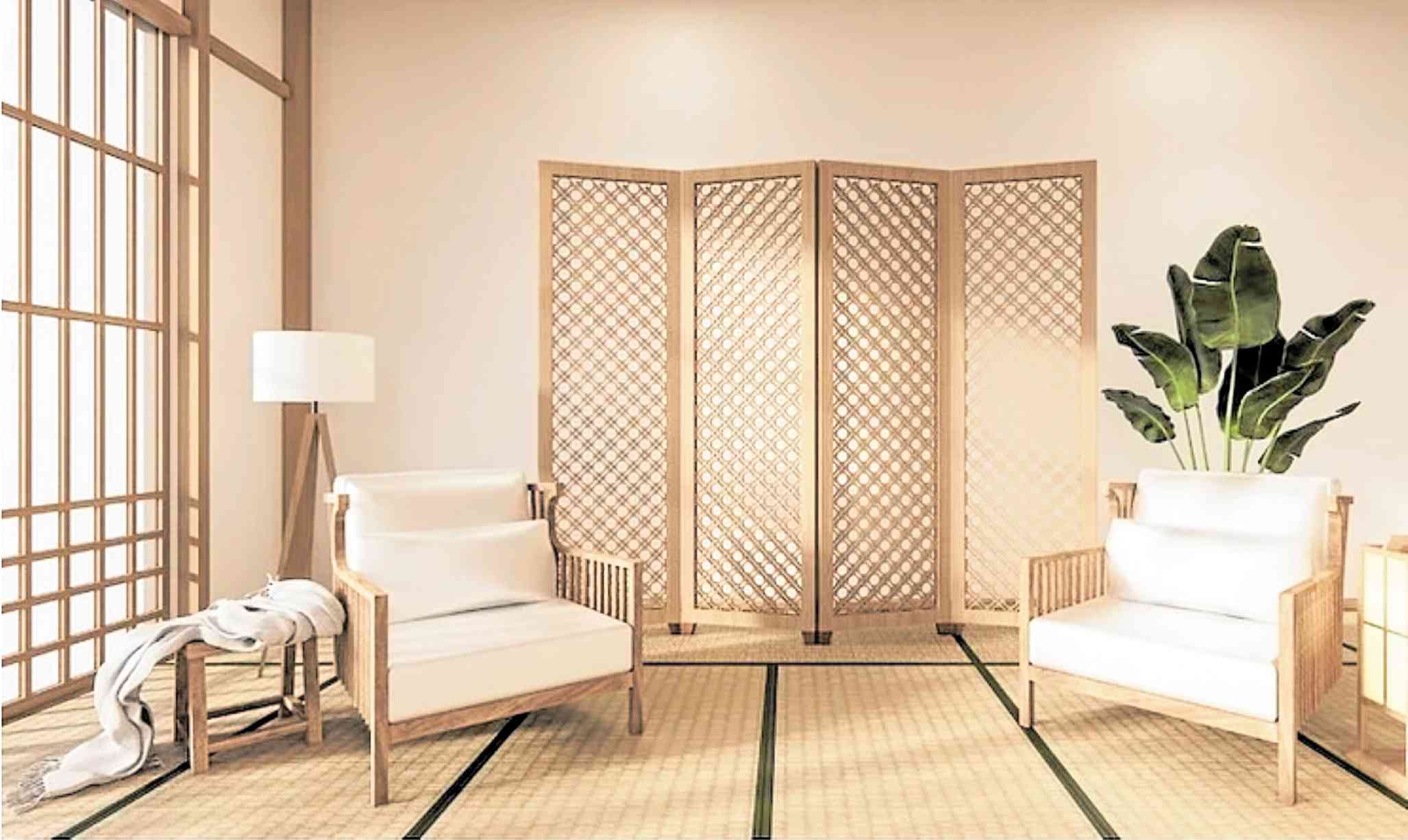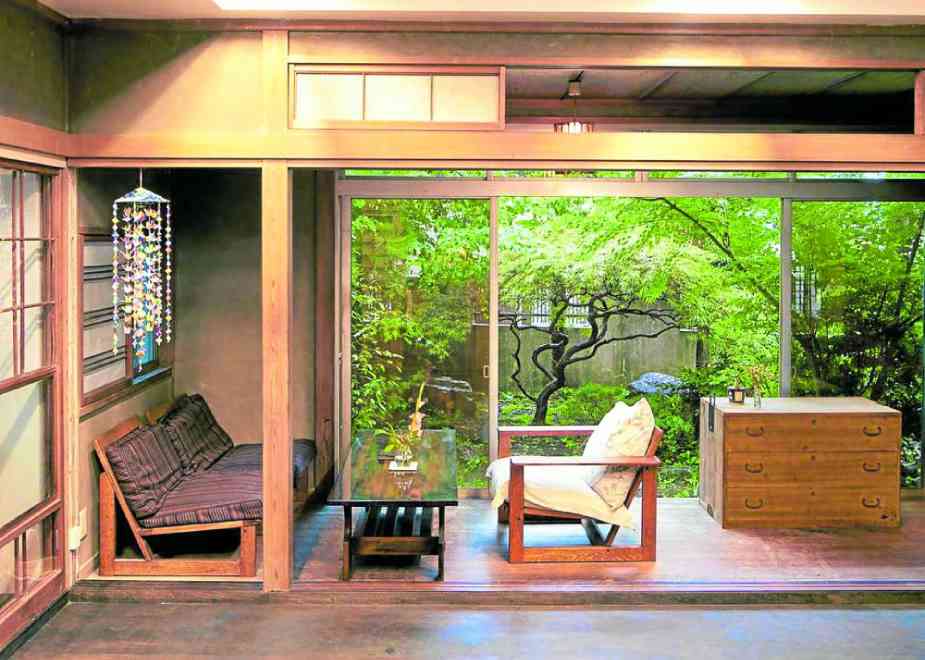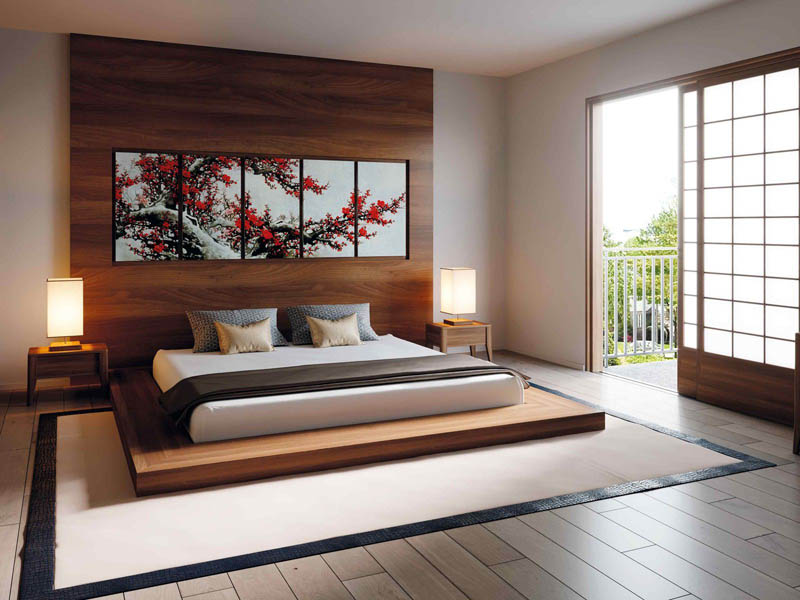Why we love harmony and minimalism
The architectural landscape in the Philippines has long embraced Japanese-style architecture and interiors, driven by the doctrines of minimalism, Zen, and the poetic lifestyle. This inclination reflects a deeper appreciation for design principles’ harmony, simplicity, and functionality.
Toning it down gracefully
The Filipino cultural landscape contrasts the traditional inclination towards “horror vacui,” which translates to a fear of empty spaces, and the modern shift towards minimalism.
The former is vividly expressed through the densely decorated jeepneys and the lavish celebrations of street festivals, embodying a preference for environments rich in detail and ornamentation—a style critics have dubbed “earthquake baroque.” This propensity for elaborate designs reflects local culture’s festive and communal spirit, showcasing a deep-rooted affection for vibrancy and vitality.
Conversely, the minimalist movement—characterized by simplicity, functionality, and the elimination of excess—has gained popularity in the country, driven by economic constraints, environmental concerns, practical challenges of limited urban living spaces, and a growing appreciation for the tranquility of decluttering.
Influenced by global trends and media, the shift towards minimalism highlights a broader cultural transition that values sustainability, practicality, and mental well-being, demonstrating the society’s ability to cherish its heritage while adapting to contemporary influences.
The allure of absence and functionality
Japanese architecture is celebrated for its minimalist design, emphasizing less clutter and more space functionality—an approach that particularly appeals to modern Filipinos. The design philosophy of utilizing space efficiently without sacrificing attractiveness aligns well with the living conditions in many urban areas nationwide. The multifunctional spaces offer practical solutions for the typically smaller living spaces in Philippine cities.

Zen gardens are designed to evoke tranquility and meditation, offering a spiritual retreat from the hustle and bustle of daily life.
Harmony with nature
A core tenet of Japanese architecture is its emphasis on living harmoniously with nature. This principle resonates deeply with Filipinos, who traditionally value a solid connection with the natural environment.
Using raw materials like wood, sand, stones, straw, and paper appeals to this sensibility, creating serene spaces and promoting a peaceful mind. The arrangement often incorporates elements that bring the outdoors in, fostering a tranquil atmosphere particularly valued amid the fast-paced lifestyles in urban settings.
Zen Buddhism’s influence on aesthetics
The values of simplicity, beauty of impermanence, and deep connection with the natural world have shaped the aesthetic principles of quiet design.
Zen gardens, for example, are designed to evoke tranquility and meditation, offering a spiritual retreat from the hustle and bustle of daily life. These gardens and their overall aesthetic promote a minimalist beauty and a sense of peace that many Filipinos find appealing for their homes and gardens.
Modernity blended with tradition
The blend of old and new resonates in the Philippines, along with a growing interest in incorporating technological innovations into home design without losing the essence of traditional aesthetics.
Japanese taste demonstrates how to achieve this balance effectively, making it a compelling model for Filipino architects and homeowners alike. The ability to adapt and innovate while staying true to cultural roots is a significant draw.
The author (www.ianfulgar.com) is a leading architect with an impressive portfolio of local and international clients, his team elevates hotels and resorts, condominiums, residences, and commercial and mixed-use township development projects. His innovative, cutting-edge design and business solutions have garnered industry recognition, making him the go-to expert for clients seeking to transform their real estate ventures




